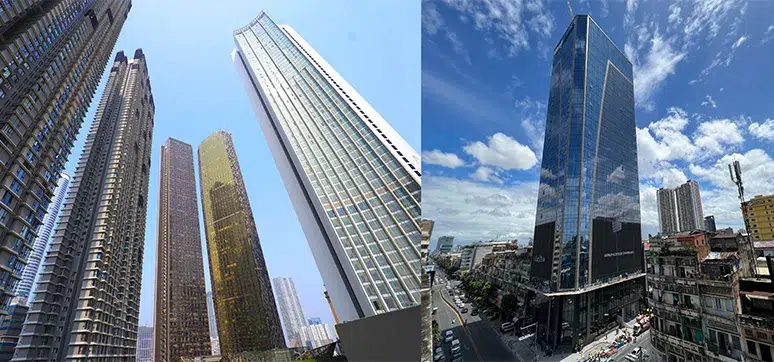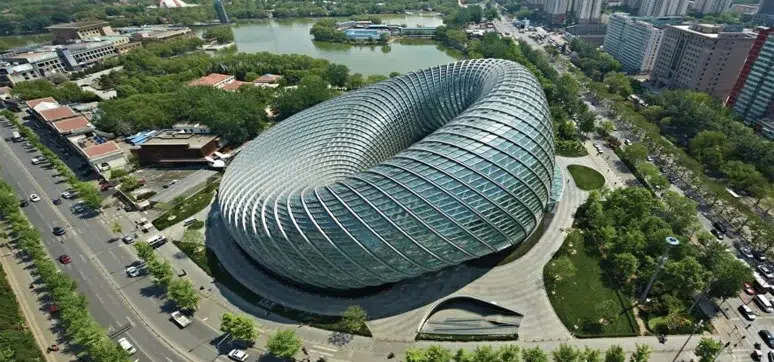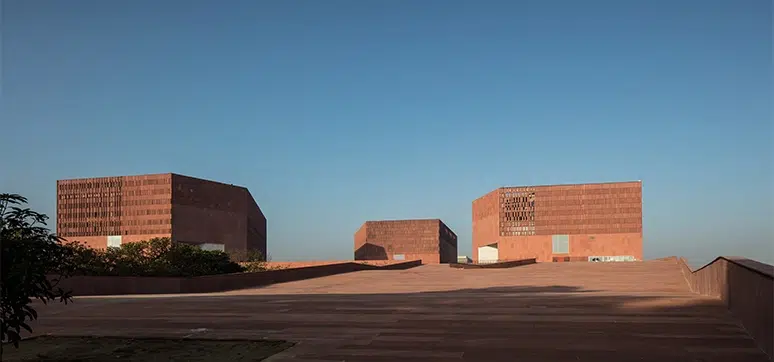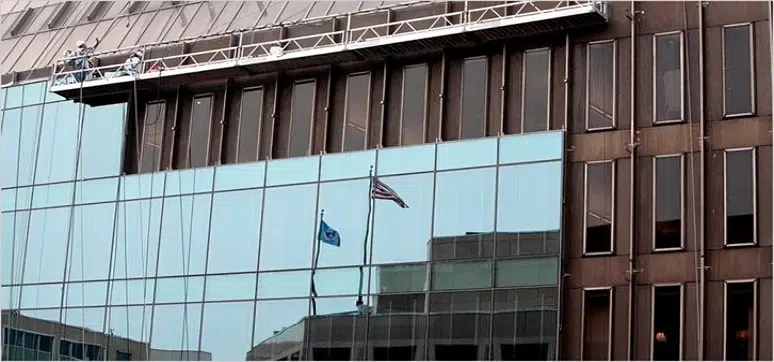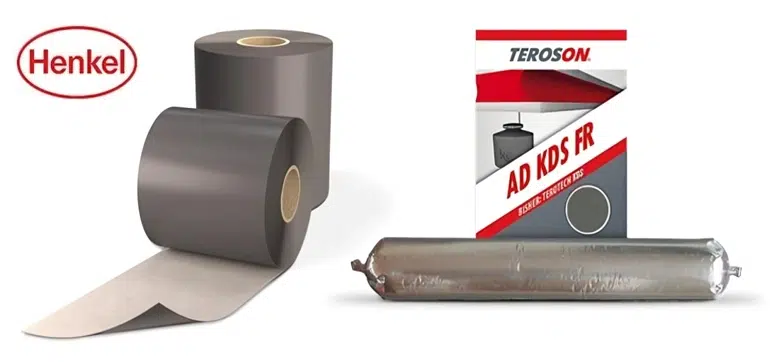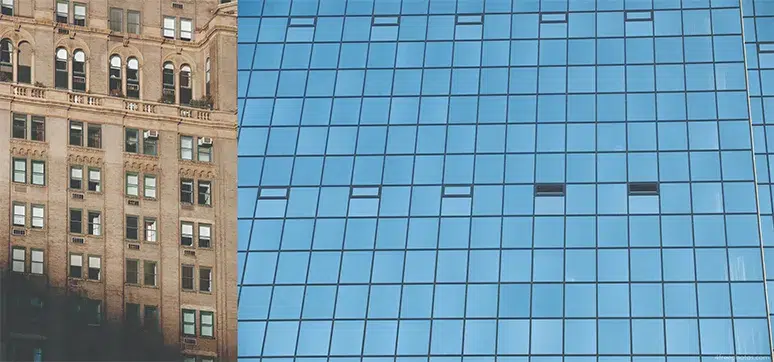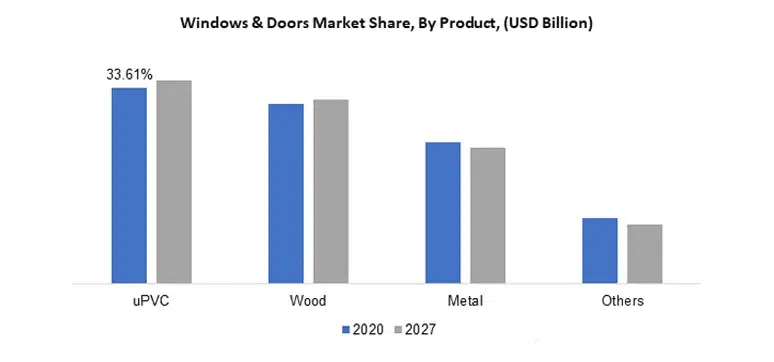Improving Sustainability Alongside Fire Safety – Can We Deliver?
By: Iain Gray, BB7
Both at the same time – why not?
Remediation of the external skin of residential buildings to make the external cladding safe – we have heard the news, we have seen the evidence, and we have probably all walked past a building with the external wall stripped out in one fashion or another.
Making an existing building safe is sadly one of the most common tasks that we as Fire and Façade consultants get involved in now, but in terms of life safety it is one of the most important. But what if our responsibility is bigger than the immediate impact?
We have also all seen the news regarding our now urgent requirements to respond to the climate crisis. Whilst it may not appear as an immediate risk, the need to act now to try and stem the tide of climate change has never been more pressing (Note: I would advise people to give the IPCC AR6 Summary Report a look, it is and extremely sobering read…). It is now we should respond and as fire and façade consultants, we in particular have a part to play in our responsibility to this crisis.
Now I am definitely not the first to say “well we are already opening up a building for life safety, so why not upgrade what’s there!?”. And I know I’m not the first as the government in England has made amendments to the Building Regulations for exactly this purpose.
Approved Document L1 2021, which came into force fully in June 2022, now requires any insulation replaced to also upgrade the thermal performance of the wall to a minimum of 0.18W/m²K; this is a significant jump from the previous iteration of 0.28W/m²K. It is worth noting that there’s no “if reasonably practicable” wording in here for England (which is different from the Devolved Nations) – you need to do this to meet regulations.
The move drives consequential improvement into the heart of the recladding works, driving a sustainability agenda which is only a good thing. We have opened up the wall, we are putting new stuff in, why would you not change the products whilst you are there to improve the operational performance of the building and reduce heat losses and air tightness?
The Problem
There is unfortunately never an easy answer in these situations, or let’s face it this would have been done years ago. The challenge comes in with where replacement insulation, or at least the materials that are “reasonably” affordable in the current market, are inherently worse performing from a thermal perspective than the more combustible insulation that was there originally. This means you need more of it to achieve the same thermal performance (or U-Value), let alone try to beat it and improve the wall’s performance.
Unfortunately moving the external wall line out doesn’t solve our problem, or at least not quickly. Assuming that this would be possible the biggest challenge is getting this through planning; sadly, recent experiences from clients show that this process could take as long as a year to resolve, which is not acceptable when we consider the fact that we are originally undertaking this work for a life safety reason.
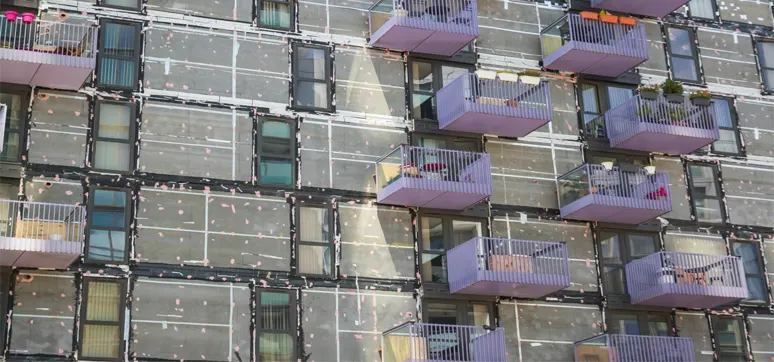
Even considering changing things the other way by insulating internally is not ideal and could even be seen as counterintuitive (if you have the outside open why would you then carry on to the inside of people’s homes?).
Internal insulation carries its risks as well, as this will reduce floor areas in occupied buildings and increase risks of condensation internally and in particular at window reveals.
Sticking with the outside then and saying we got the go-ahead from Planning or ended up selecting an expensive external insulation product that would meet the target, the next issue comes up – who pays for this?
Ultimately for those developers who have signed up to the Pledge, it is their obligation, and it is off the bottom line. This puts increasing pressure on the industry to pay for consequential improvements whilst also swallowing up the effects of rampant inflation and the implications of ever more scrutiny under the Building Safety Act (again an extremely positive step and one I champion).
Alternatively, if you are a tenant and you did manage to get an application in before the deadline for funding via the BSF (and the developer has not taken this back over) then this still does not solve your problem either. Experience over the last few years has taught me that any opportunity for ineligible works to be struck off the bill will be taken, and I can certainly see these improvements falling out and not being funded.
This shortfall – in addition to the likely shortfall from the government’s underestimation of the cost of the works in practice as experienced by PMs such as Fox Cooper – provides ever more of a cost burden that invariably goes back to the tenants who can’t afford it and shouldn’t have to.
So, what can we do?
The whole experience above when you delve into it sounds and feels very negative, and it’s never the way I want to be – after all, I am an engineer and our mantra is always to find the solution to the problem.
The solutions as I see them are twofold:
- We need to improve the funding situation rather than lumping it onto companies or tenants; this is an investment in our future and will benefit us all in the long term.
- Where possible there should be some means of reviewing and fast-tracking the planning process to increase external wall depths by some 200mm.
Sustainability is at the heart of this and rightly so – we need to decarbonise, and this is certainly an effective vehicle to achieve this operationally. I think there does however need to be a recognition from the Government that more help is needed if we want to pull this off…
Top Stories
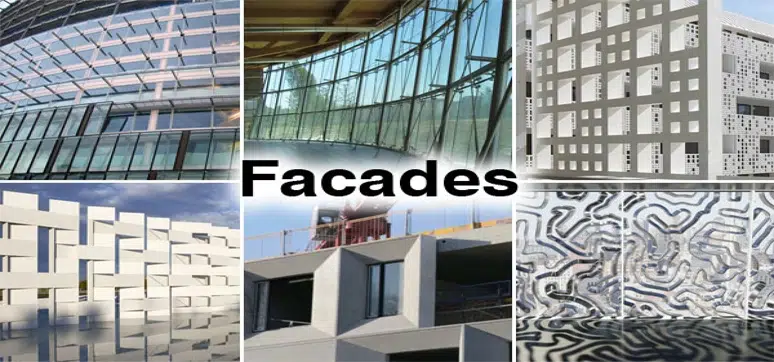
Façade Systems Market Size is Estimated to Reach USD 398.8 Billion by 2029
By: Abdul | April 16, 2024
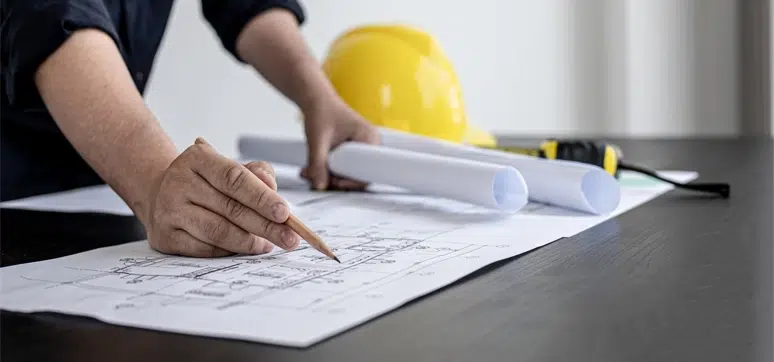
Improving Sustainability Alongside Fire Safety – Can We Deliver?
By: Abdul | April 16, 2024
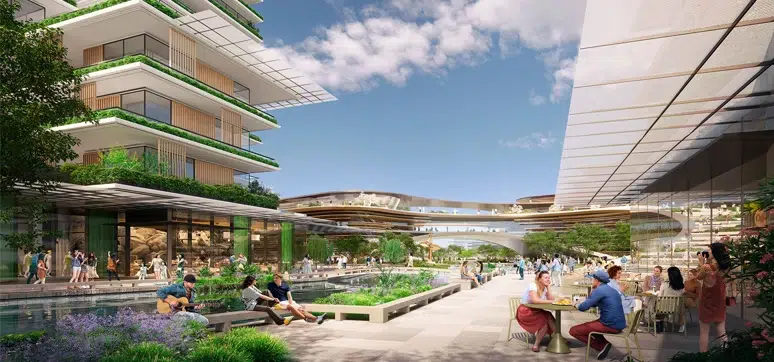
Foster + Partners Wins the Competition the New Xicen Science & Technology Centre
By: Abdul | April 9, 2024

A Symbol of Architectural Brilliance & Cultural Significance
By: Abdul | April 8, 2024


